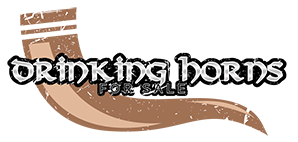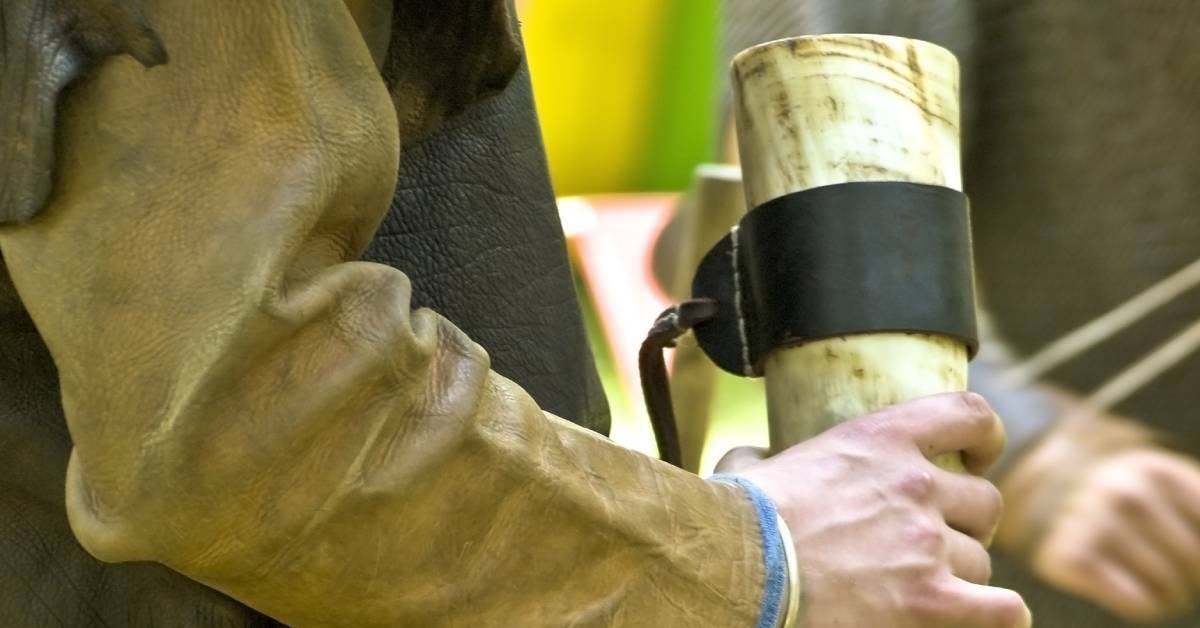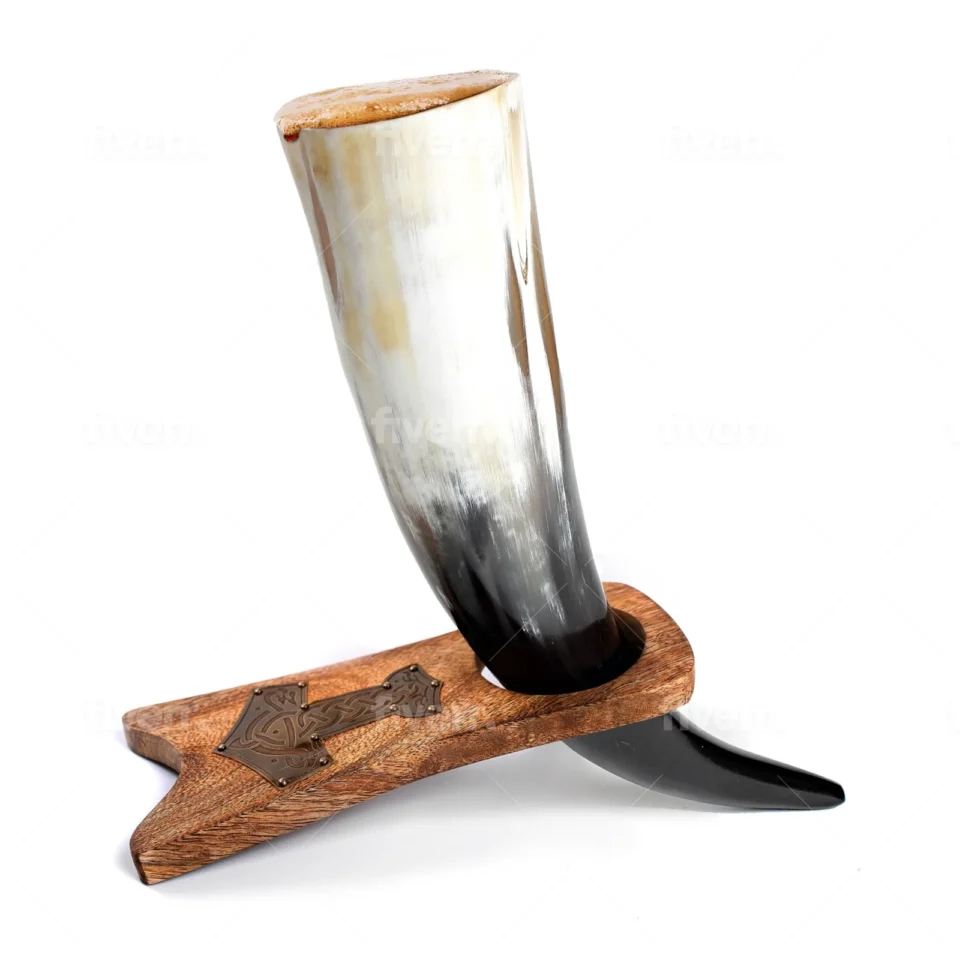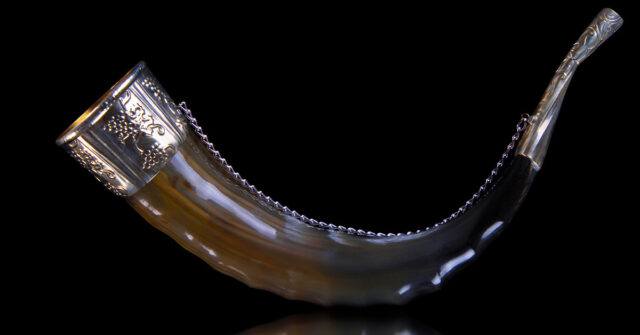Welcome to your comprehensive guide on the correct techniques for holding your drinking horn.
This article will delve into the history, components, etiquette, common mistakes, and more aspects related to drinking horns. Let’s begin our journey.
Introduction to Drinking Horns
Drinking horns hold a significant place in history, with cultural implications across various civilizations. Before we delve into the specifics of holding a drinking horn, let’s take a brief overview of these fascinating objects.
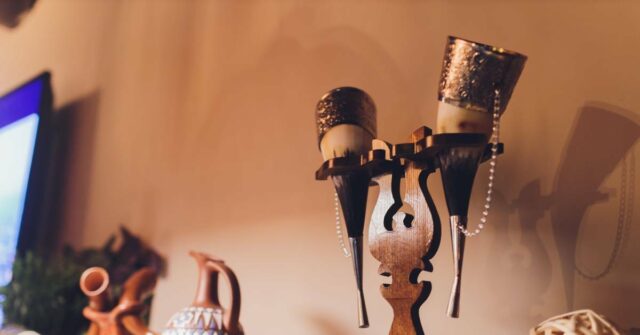
History of Drinking Horns
The history of drinking horns dates back to the Iron Age. These vessels were prominent in Greek, Roman, and Norse societies, among others.
Initially, they signified power and prestige, often used during religious ceremonies, gatherings, or feasts.
Various Types of Drinking Horns
Drinking horns come in various shapes, sizes, and designs. Some are simple and unadorned, while others are intricately carved or decorated with precious metals.
Some drinking horns are flat-bottomed for stability, while others require a stand.
Understanding the Purpose and Significance of Drinking Horns
The usage of drinking horns has evolved over time. While once a sign of nobility, today they are popular among reenactors, history enthusiasts, and fans of fantasy literature and games.
Understanding this context enhances the appreciation of these unique drinking vessels.
Components of a Drinking Horn
Now that we’ve covered the basics, let’s delve into the physical aspects of drinking horns. Understanding their composition is crucial to proper handling.
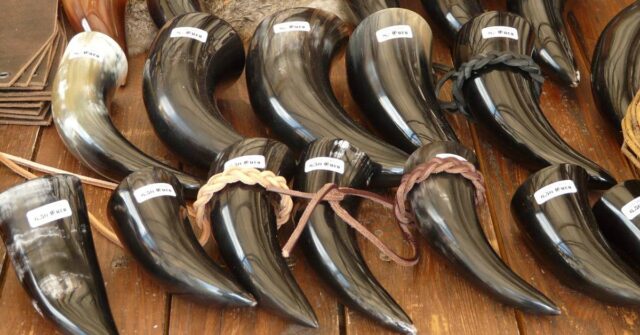
Anatomy of a Drinking Horn
A typical drinking horn has three main parts: the mouth (the opening from which you drink), the body (the hollow part that holds the liquid), and the tip (the pointed end of the horn).
These parts can vary greatly in size and shape, which affects how you hold the horn.
Material Composition of Drinking Horns
Drinking horns are usually made from bovine horns. Depending on the craftsmanship, they might be polished or adorned with additional materials like metal or wood. Some horns may have a wax or resin coating on the inside to make them suitable for holding beverages.
Before You Hold the Drinking Horn
Before you get into the act of holding the drinking horn, there are a few preparation steps to consider. These will ensure your horn is ready for use.

Inspection of the Drinking Horn
Inspect the horn for any cracks or holes, especially if it is an antique or handcrafted piece. Check the inside for any residue or foreign objects. The condition of the horn impacts not only the drinking experience but also its lifespan.
Cleaning and Preparing the Drinking Horn
Clean the horn using lukewarm water and mild soap. Avoid harsh detergents as they can harm the horn. Rinse thoroughly to ensure no soap residue is left. Let it dry completely before using.
Techniques for Holding Your Drinking Horn
Now that your horn is ready, let’s dive into the heart of this guide – the correct techniques for holding your drinking horn. The grip largely depends on the size and style of the horn.
The Basic Grip
For most drinking horns, a firm yet relaxed grip around the body of the horn is recommended. Your fingers should wrap around the lower third of the horn, and your thumb supports the back.
The Traditional Grip
In historical and traditional contexts, the horn was often held high, with the hand gripping around the body and the fingers pointing upwards. This style is best suited to larger, ceremonial horns.
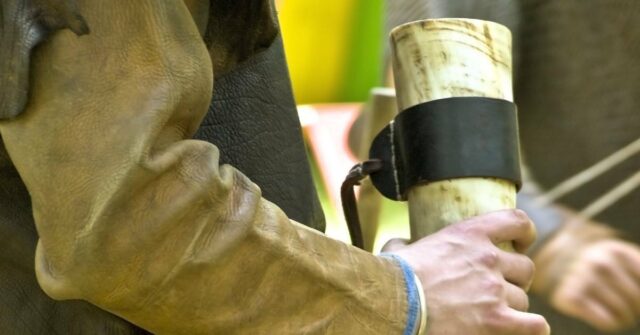
The Toast Grip
For toasts, you may want to hold the horn by the tip with the mouth pointed upwards. This style, though less stable, is dramatic and often used for ceremonial purposes.
Alternate Grip Techniques
For certain types of horns or individual preferences, other grip techniques may be more suitable. As long as the grip is firm and comfortable, it’s acceptable. Experiment with different styles to find what works best for you.
Drinking Etiquette with a Drinking Horn
Using a drinking horn isn’t just about holding it right; there’s an etiquette to follow, especially in traditional or ceremonial contexts.
Proper Drinking Technique
Always drink from the horn slowly and steadily. Unlike conventional cups or glasses, you can’t set a full horn down without a stand, so pace yourself.
Toasting Etiquette
In many traditions, the host begins by making a toast. Wait for the toast to be finished before you take a sip from your horn. Also, remember to return the toast if it is directed at you.

Passing the Drinking Horn
If you’re part of a ceremony where the horn is being passed around, hold it by the body, not by the rim or the tip. Ensure you pass it carefully to the next person, preventing any spills.
Common Mistakes While Holding a Drinking Horn
Avoid these common mistakes to ensure a seamless experience with your drinking horn.
Incorrect Gripping Techniques
One common mistake is holding the horn too tightly or too loosely. A tight grip could lead to fatigue, while a loose grip risks the horn slipping from your grasp.
Damage from Improper Handling
Never use the horn as a tool or weapon. It’s not designed to withstand such usage and can lead to breakage. Also, never expose the horn to extreme heat or cold as it can cause damage.
Maintenance and Storage of Your Drinking Horn
Proper maintenance and storage of your drinking horn will extend its lifespan and keep it in prime condition for your next toast.
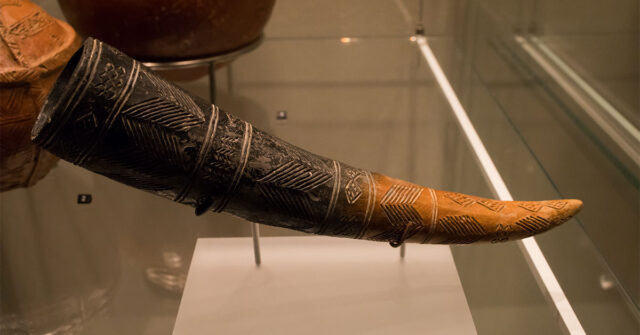
Cleaning After Use
After each use, rinse the horn thoroughly with warm water. Avoid using hot water or dishwashers, as high temperatures can damage the horn. Dry it completely before storing it away.
Storing Your Drinking Horn
Store your horn in a dry, cool place away from direct sunlight. If possible, store it with the mouth down to prevent dust accumulation. If your horn came with a stand, use that for storage.
Conclusion: Mastering the Art of Holding a Drinking Horn
Mastering the art of holding a drinking horn takes some practice, but with these guidelines, you are well on your way.
Remember, the key lies in being comfortable, respectful, and responsible while handling these pieces of history. Here’s to your next toast!
